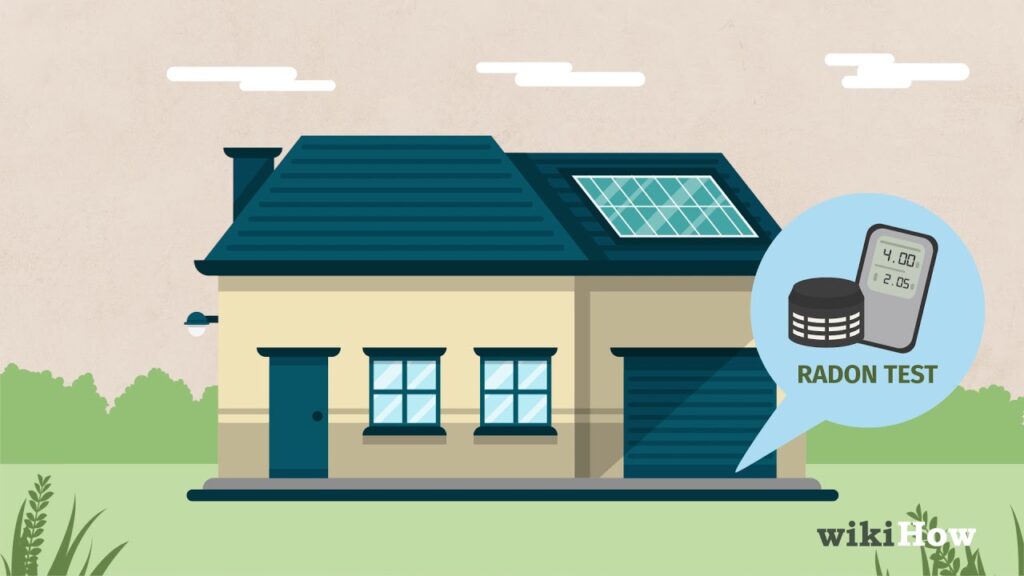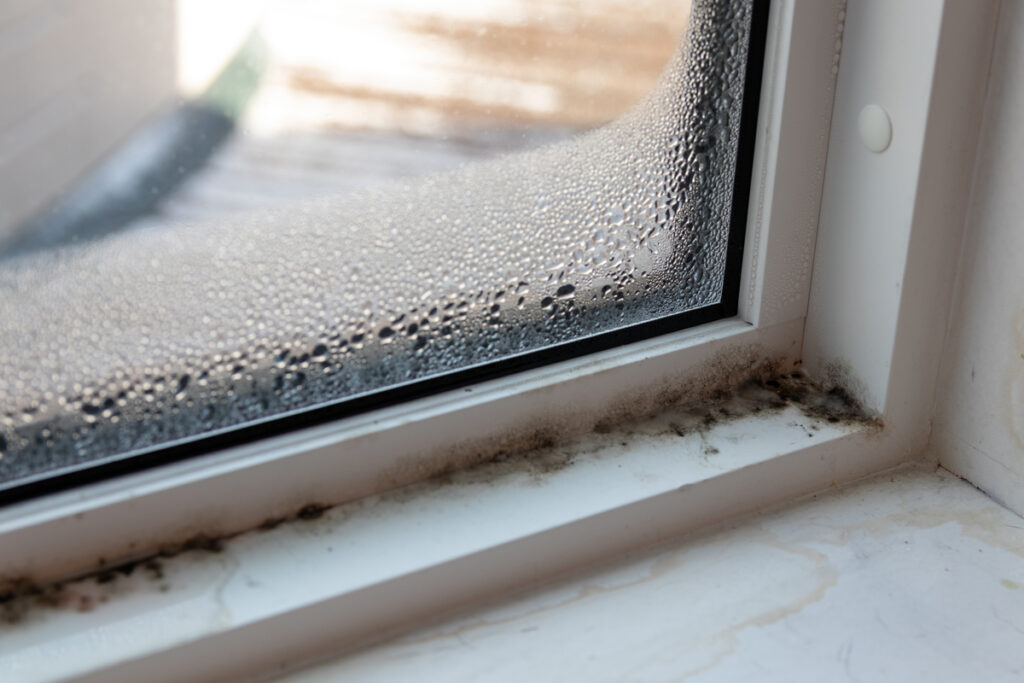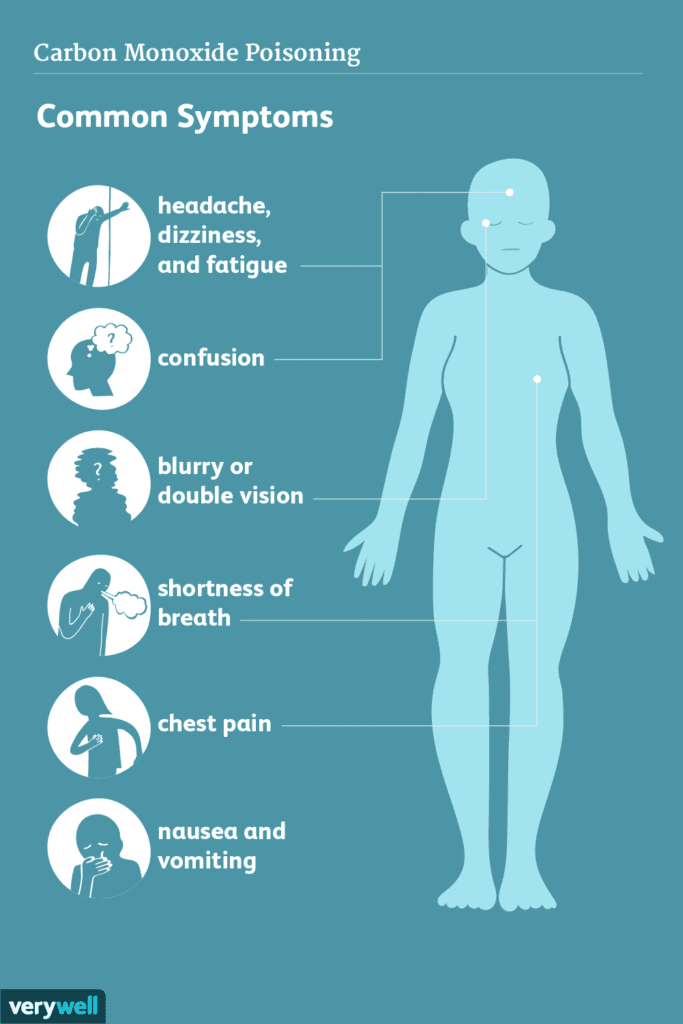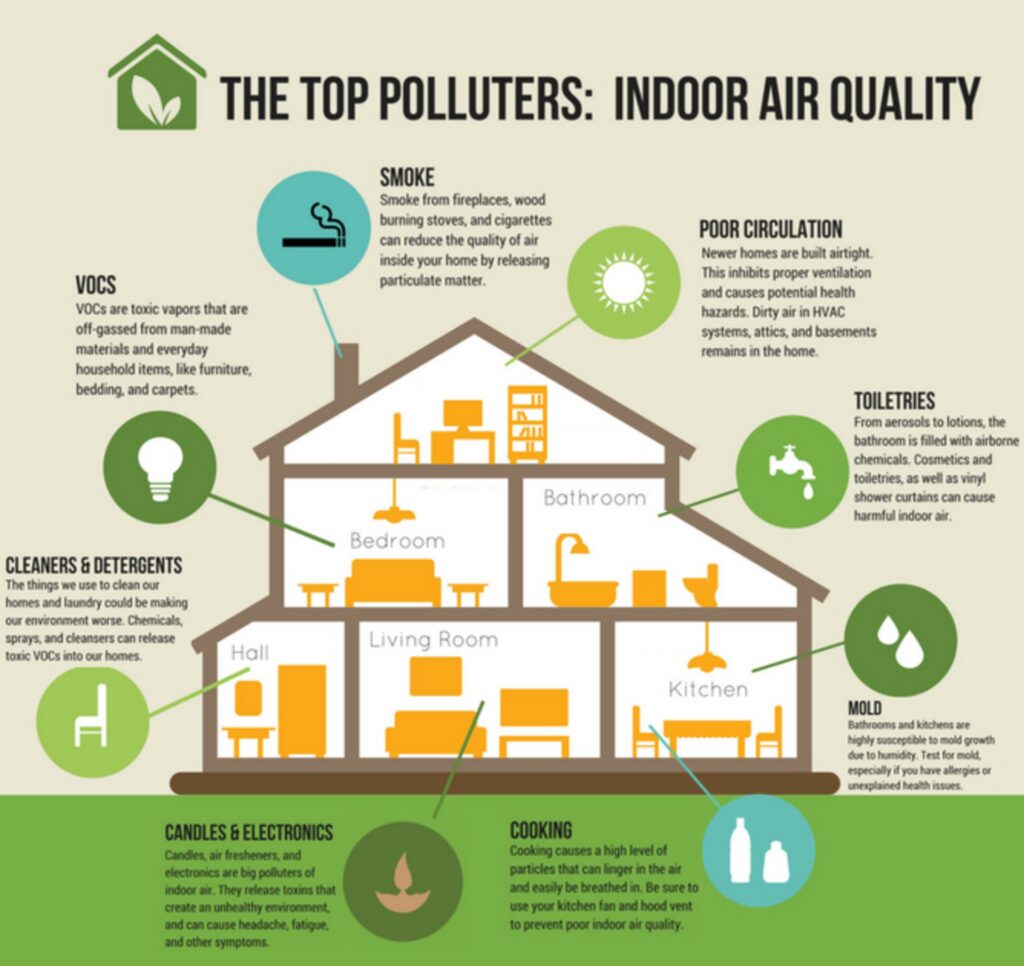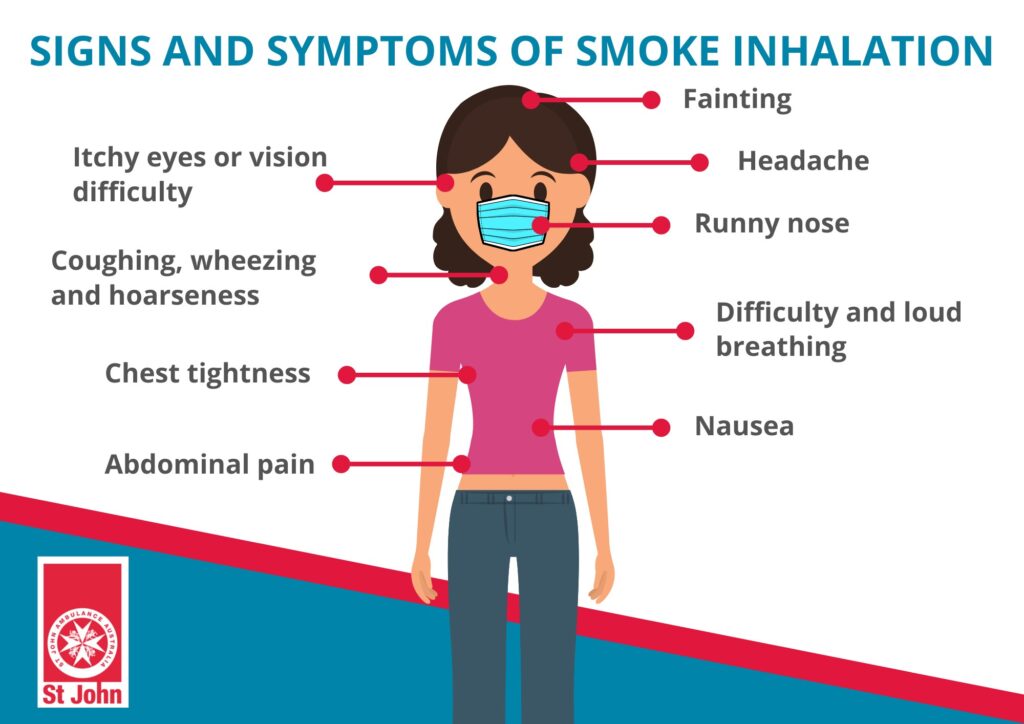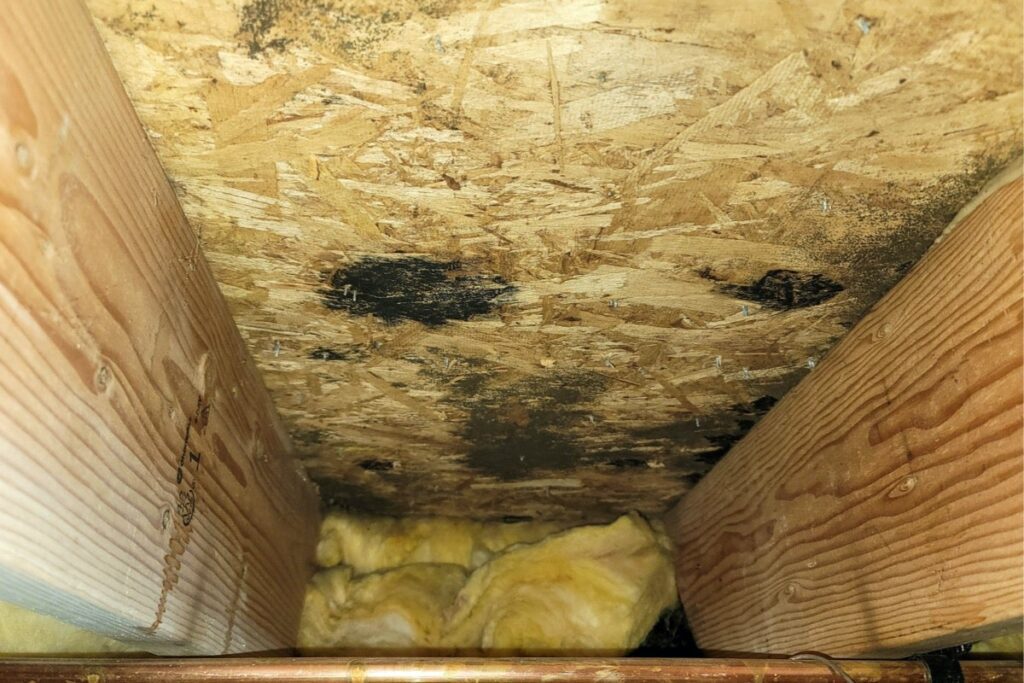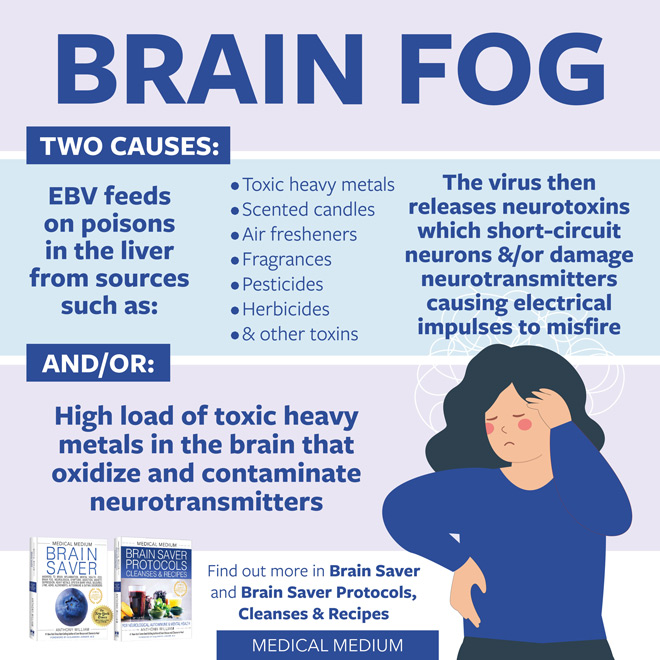If you have ever wondered how to determine if there are toxic fumes in your home, you are not alone. Being aware of potential hazardous substances in your living environment is crucial for your health and well-being. In this article, we will explore simple and effective methods to test your house for toxic fumes, ensuring a safe and healthy environment for you and your loved ones.
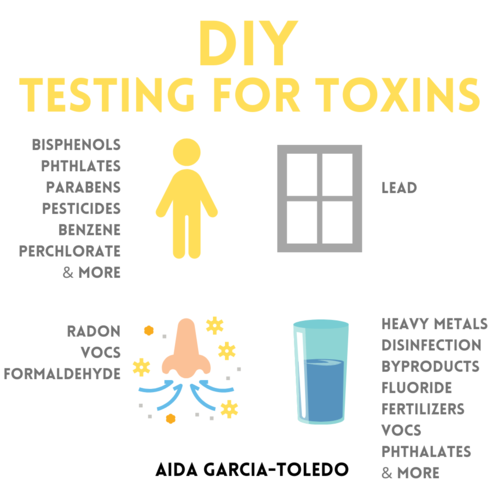

Understanding the Importance of Testing for Toxic Fumes
Testing for toxic fumes is an essential step in maintaining a safe and healthy living environment. Exposure to toxic fumes can lead to serious health issues and even be life-threatening in some cases. By understanding the risks associated with toxic fumes and common sources of their presence in homes, you can take the necessary steps to protect yourself and your loved ones.
Risks Associated with Toxic Fumes
Exposure to toxic fumes can have severe consequences on your health. Depending on the type and level of exposure, toxic fumes can cause respiratory problems, such as asthma or bronchitis, eye irritation, headaches, dizziness, nausea, and in extreme cases, even organ damage or cancer. It is crucial to be aware of the potential risks and take appropriate measures to prevent or minimize exposure.
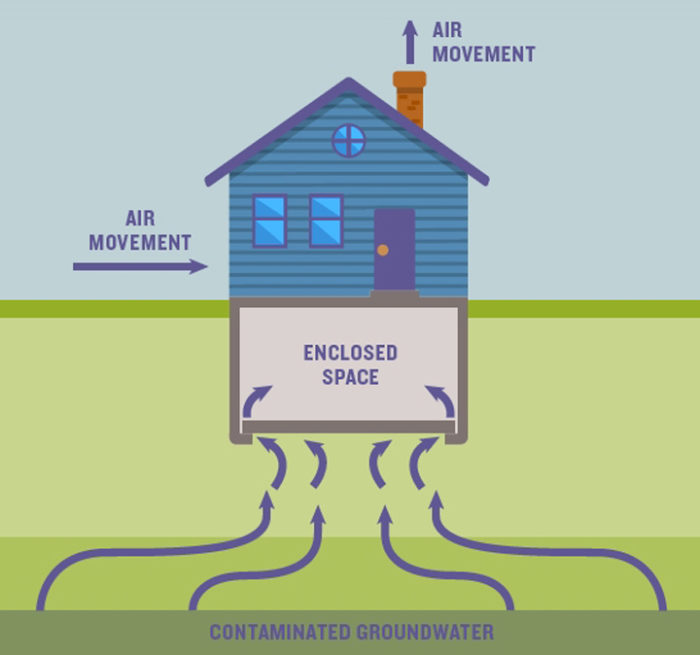

Common Sources of Toxic Fumes in Homes
Toxic fumes can originate from various sources within your home. Some of the most common culprits include household cleaning products, paints, solvents, pesticides, certain building materials, and even everyday items such as furniture or carpets. It is essential to be mindful of these potential sources and ensure proper ventilation whenever using or storing such products.
Health Effects of Exposure to Toxic Fumes
Exposure to toxic fumes can have detrimental effects on your overall health and well-being. Inhalation of these fumes may lead to symptoms such as coughing, sneezing, shortness of breath, chest tightness, and respiratory distress. Prolonged exposure can result in chronic respiratory conditions, compromised immune system, and increased susceptibility to infections. Furthermore, some toxic fumes have been linked to more severe health issues, including neurological disorders, developmental delays in children, and certain types of cancers.
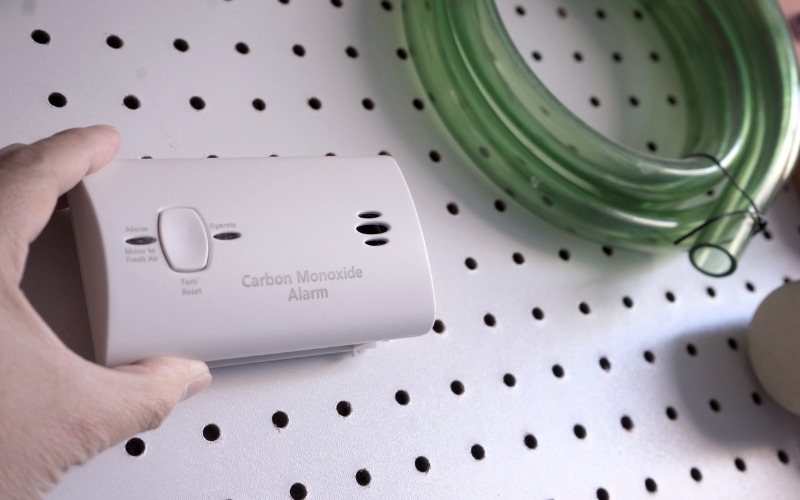

Identifying Signs of Potential Toxic Fumes
Being able to recognize signs of potential toxic fumes in your home is crucial in protecting yourself and your family. Paying attention to unusual odors or smells, the presence of mold or mildew, and a deterioration in indoor air quality can help indicate the presence of toxic fumes.
Unusual Odors or Smells
One of the most apparent signs of potential toxic fumes is the presence of unusual odors or smells. If you notice a strong, unpleasant smell that persists even after proper ventilation, it could signify the presence of toxic chemicals in your home. It is essential not to ignore these odors and take immediate action to identify and eliminate the source.
Presence of Mold or Mildew
Mold and mildew thrive in damp and poorly ventilated areas, often releasing airborne toxins. If you observe the growth of mold or mildew in your home, it could be an indication of the presence of toxic fumes. Mold spores can trigger allergic reactions and respiratory issues, making it crucial to address any mold or mildew problems promptly.
Deterioration of Indoor Air Quality
Another sign of potential toxic fumes is a noticeable deterioration of indoor air quality. If you and your family members experience an increase in allergy symptoms, persistent coughing, or breathing difficulties, it may be an indication of poor air quality due to the presence of toxic fumes. Monitoring changes in your health and observing any decline in indoor air quality should prompt you to take action and investigate further.
Testing Methods for Toxic Fumes
To accurately identify the presence of toxic fumes in your home, several testing methods can be employed. These include DIY testing kits, professional testing services, and specific gas detection devices. Each method has its advantages and can be chosen based on your needs and preferences.
DIY Testing Kits
DIY testing kits offer a convenient and affordable option for homeowners to test for toxic fumes. These kits typically include sampling materials and instructions on how to collect air or surface samples. The collected samples are then sent to a laboratory for analysis, usually with an additional fee. DIY testing kits are suitable for initial screening purposes and can provide insights into the presence of various contaminants, such as mold, asbestos, or volatile organic compounds (VOCs).
Professional Testing Services
For a more comprehensive and accurate assessment of toxic fumes in your home, professional testing services are recommended. These services employ experienced technicians who can conduct thorough inspections and collect samples using specialized equipment. They can test for a wide range of contaminants and provide detailed reports with actionable recommendations. Professional testing services are especially valuable when dealing with complex cases or suspected high levels of toxic fumes.
Specific Gas Detection Devices
Specific gas detection devices are designed to detect and measure the concentrations of specific gases, such as carbon monoxide or radon gas. These devices are often portable and can be used as an initial screening tool or in conjunction with other testing methods. Gas detectors are particularly useful for continuous monitoring of specific gases, allowing you to identify potential leaks or areas with elevated concentrations.
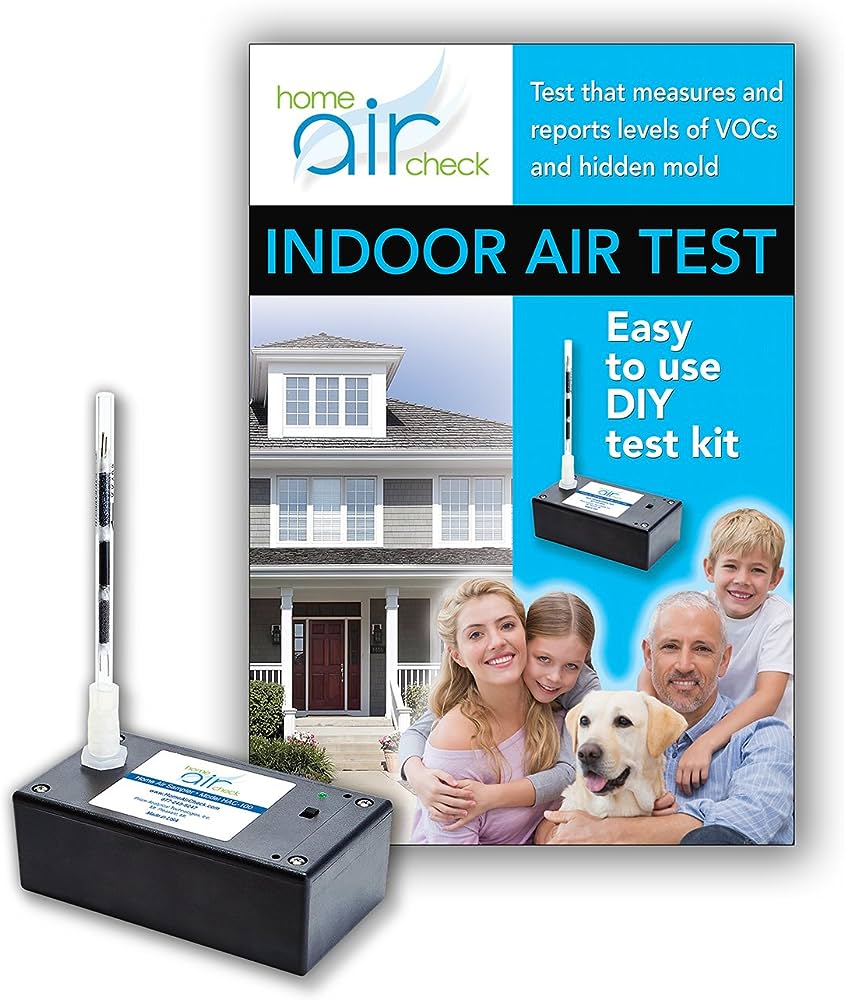

Testing for Carbon Monoxide (CO) Fumes
Carbon monoxide is a deadly gas that is undetectable by human senses, making testing for its presence critical for safeguarding your home and loved ones. Understanding the dangers of carbon monoxide, testing methods, and devices can help in preventing its harmful effects.
The Dangers of Carbon Monoxide
Carbon monoxide is a colorless, odorless gas produced by the incomplete combustion of fuels such as gas, oil, coal, or wood. Carbon monoxide poisoning can occur when this gas builds up in enclosed spaces, displacing oxygen and leading to asphyxiation. Symptoms of carbon monoxide poisoning include headaches, dizziness, nausea, confusion, and in severe cases, loss of consciousness or death.
CO Testing Methods and Devices
Testing for carbon monoxide can be done using a variety of methods. One commonly used device is a carbon monoxide detector, which continuously monitors the air for the presence of this gas. These detectors operate similarly to smoke alarms and emit audible alerts when carbon monoxide concentrations reach dangerous levels.
Additionally, professional testing services can perform more comprehensive assessments using specialized equipment to measure carbon monoxide levels accurately. It is essential to test for carbon monoxide regularly, especially in areas where fuel-burning appliances are present.
Carbon Monoxide Alarms
Installing carbon monoxide alarms in your home is a crucial step in protecting yourself and your family from this silent killer. It is recommended to have carbon monoxide alarms installed on every level of your home, particularly near bedrooms. Regularly test the alarms to ensure they are functioning correctly and replace the batteries as needed.
Testing for Volatile Organic Compounds (VOCs)
Volatile Organic Compounds (VOCs) are chemicals that easily evaporate at room temperature, contributing to indoor air pollution. Testing for VOCs can help identify their presence and the potential health risks associated with them.
Understanding VOCs
VOCs are commonly found in many household products, including paints, adhesives, cleaning agents, and fabrics. Long-term exposure to VOCs can lead to a range of health issues, including eye and respiratory irritation, headaches, nausea, fatigue, and even damage to the liver, kidneys, or central nervous system. Monitoring and controlling VOC levels are crucial in maintaining a healthy indoor environment.
VOC Testing Methods
Testing for VOCs can be done using DIY testing kits or professional testing services. DIY kits typically involve collecting air or surface samples and sending them to a laboratory for analysis. Professional testing services employ specialized equipment to measure VOC concentrations accurately and provide comprehensive reports. Understanding the potential sources of VOCs in your home can help guide the testing process and implement appropriate measures to reduce their presence.
Indoor Air Quality (IAQ) Monitors
Indoor Air Quality (IAQ) monitors are useful devices that can detect and measure various pollutants, including VOCs. These monitors continuously assess the air quality in your home and provide real-time data on pollutant concentrations. By monitoring VOC levels using an IAQ monitor, you can take proactive measures to reduce exposure and improve indoor air quality.


Testing for Radon Gas
Radon gas is a radioactive gas that is naturally present in the environment and can enter homes through cracks in the foundation or other openings. Testing for radon is crucial as prolonged exposure to elevated levels of this gas can lead to lung cancer.
Risks Associated with Radon Exposure
Radon gas is the second leading cause of lung cancer after smoking. It is estimated that radon exposure is responsible for thousands of lung cancer deaths each year. Since radon is odorless and invisible, testing is the only way to determine its presence in your home and take appropriate action to mitigate the risk.
Radon Testing Methods and Kits
Radon testing can be done using short-term or long-term test kits. Short-term kits are typically placed in the lowest livable level of your home for a specific period, usually a few days to weeks. Long-term kits, on the other hand, are deployed for an extended period, usually three months or more, providing a more accurate average radon level. Professional testing services can also perform radon tests and provide you with precise measurements.
Importance of Radon Mitigation
If high levels of radon are detected in your home, mitigation is necessary to reduce the associated health risks. Radon mitigation techniques often involve sealing cracks and gaps in the foundation, installing a ventilation system, or using radon-resistant construction materials. Consulting with a radon mitigation professional can help ensure effective remediation and the long-term safety of your home.
Testing for Formaldehyde
Formaldehyde is a volatile organic compound commonly found in building materials, furniture, adhesives, and certain household products. Testing for formaldehyde is crucial, as exposure to high levels of this chemical can cause various health issues.
Health Risks of Formaldehyde Exposure
Formaldehyde exposure can lead to respiratory irritation, eye and throat irritation, headaches, and allergic reactions. Prolonged exposure to high levels of formaldehyde has been associated with the development of certain types of cancer. It is important to be aware of potential sources of formaldehyde in your home and take appropriate measures to reduce exposure.
Formaldehyde Testing Kits and Procedures
DIY formaldehyde testing kits are available for assessing formaldehyde levels in your home. These kits typically involve collecting air or surface samples and sending them to a laboratory for analysis. Professional testing services can also conduct formaldehyde testing using more advanced equipment to provide accurate measurements. Identifying the sources of formaldehyde in your home and taking steps to reduce their emissions can help mitigate the associated health risks.
Preventing and Reducing Formaldehyde Levels
To reduce formaldehyde levels in your home, consider using products with low formaldehyde emissions, such as low-VOC paints, adhesives, and furniture. Proper ventilation plays a crucial role in minimizing formaldehyde concentrations, so ensure that your home has adequate airflow. Regular cleaning and maintenance, especially of furniture and flooring that may contain formaldehyde, can also help reduce exposure.
Testing for Asbestos Fibers
Asbestos is a fibrous mineral that was commonly used in building materials due to its heat resistance and durability. However, prolonged exposure to asbestos fibers can lead to severe health issues, including lung cancer and mesothelioma. Testing for asbestos is crucial, especially in older homes or buildings constructed before the 1980s.
Dangers of Asbestos Exposure
When asbestos-containing materials are disturbed or damaged, microscopic asbestos fibers are released into the air, posing a significant health risk when inhaled. Long-term exposure to asbestos fibers can lead to serious lung diseases and cancer, with symptoms often appearing many years after initial exposure. Asbestos testing is necessary to identify the presence of this hazardous material and take appropriate steps to ensure its safe removal.
Asbestos Testing Methods and Professionals
Asbestos testing can be done using DIY testing kits or by hiring professional asbestos testing services. DIY kits involve collecting samples of suspected asbestos-containing materials and sending them to a laboratory for analysis. However, due to the hazardous nature of asbestos and the risk of improper sample collection, it is generally recommended to engage certified professionals who specialize in asbestos testing. These professionals use specialized equipment and follow strict protocols to ensure accurate results and minimize health risks.
Managing and Removing Asbestos
If asbestos is detected in your home, it is crucial to manage and remove it safely. Asbestos removal should only be undertaken by licensed professionals to minimize the risk of fiber release and exposure. Before removal, it is essential to develop a comprehensive plan that includes proper containment, personal protective equipment, and waste disposal procedures. Following the removal, thorough cleaning and air testing should be conducted to ensure the area is free from asbestos fibers.
Testing for Lead and Other Heavy Metals
Exposure to lead and other heavy metals can have severe health effects, especially in children. Testing for these toxic substances is essential, particularly in older homes or areas with a history of industrial pollution.
Health Effects of Lead and Heavy Metal Exposure
Exposure to lead and heavy metals can cause developmental delays, learning disabilities, behavioral problems, organ damage, and even death. Young children and pregnant women are particularly vulnerable to the harmful effects of lead. Testing for lead and other heavy metals is crucial to identify potential sources and take appropriate measures to reduce exposure.
Lead and Heavy Metal Testing Options
Testing for lead and heavy metals can be done through various methods. Blood testing is commonly used to measure heavy metal levels in the body, especially in children. Dust and soil sampling can provide insight into the presence of lead in your home or immediate surroundings. Furthermore, water testing can identify the risk of lead contamination through plumbing pipes or fixtures. Professional testing services can guide you through the appropriate testing options based on your specific concerns and circumstances.
Lead and Heavy Metal Remediation
If high levels of lead or heavy metals are detected, remediation efforts should be undertaken to reduce exposure risks. This may include removing or replacing lead-based paint, implementing water treatment systems, or avoiding contaminated areas. Consultation with professionals specializing in lead and heavy metal remediation can help determine the most effective strategies for your situation.
Taking Action Based on Test Results
Once you have obtained test results for toxic fumes in your home, it is crucial to interpret them correctly and take appropriate action. Understanding how to interpret test results, addressing immediate health concerns, and implementing long-term solutions are key to safeguarding your well-being and creating a healthy living environment for you and your family.
Interpreting Test Results
When interpreting test results, it is essential to compare them to established guidelines or standards for each specific contaminant. These guidelines often provide threshold levels that indicate whether further action is necessary. If test results exceed the recommended limits, it is crucial to take immediate steps to address the issue and reduce exposure.
Addressing Immediate Health Concerns
If you or your family members are experiencing acute health issues that may be related to toxic fume exposure, seek medical attention promptly. Explain the situation to your healthcare provider and provide any relevant test results. Follow their recommendations for treatment and take necessary steps to remove yourself or your loved ones from the source of exposure.
Implementing Long-Term Solutions
Based on the test results, implement long-term solutions to eliminate or minimize the presence of toxic fumes in your home. This may involve improving ventilation, removing or replacing contaminated materials, using safer and low-emission products, or implementing appropriate mitigation measures. Consult professionals or specialists in the respective fields to guide you in implementing effective solutions and ensuring a safe living environment.
In conclusion, testing for toxic fumes is vital for maintaining a healthy and safe home environment. Understanding the risks associated with toxic fumes, identifying signs of potential exposure, and utilizing appropriate testing methods are essential to protect yourself and your loved ones. By interpreting test results correctly and taking necessary action, you can address immediate health concerns and implement long-term solutions, creating a living environment free from the harmful effects of toxic fumes. Remember, your health and well-being are paramount, and testing for toxic fumes is a crucial step in ensuring a better quality of life for you and those you care about.

